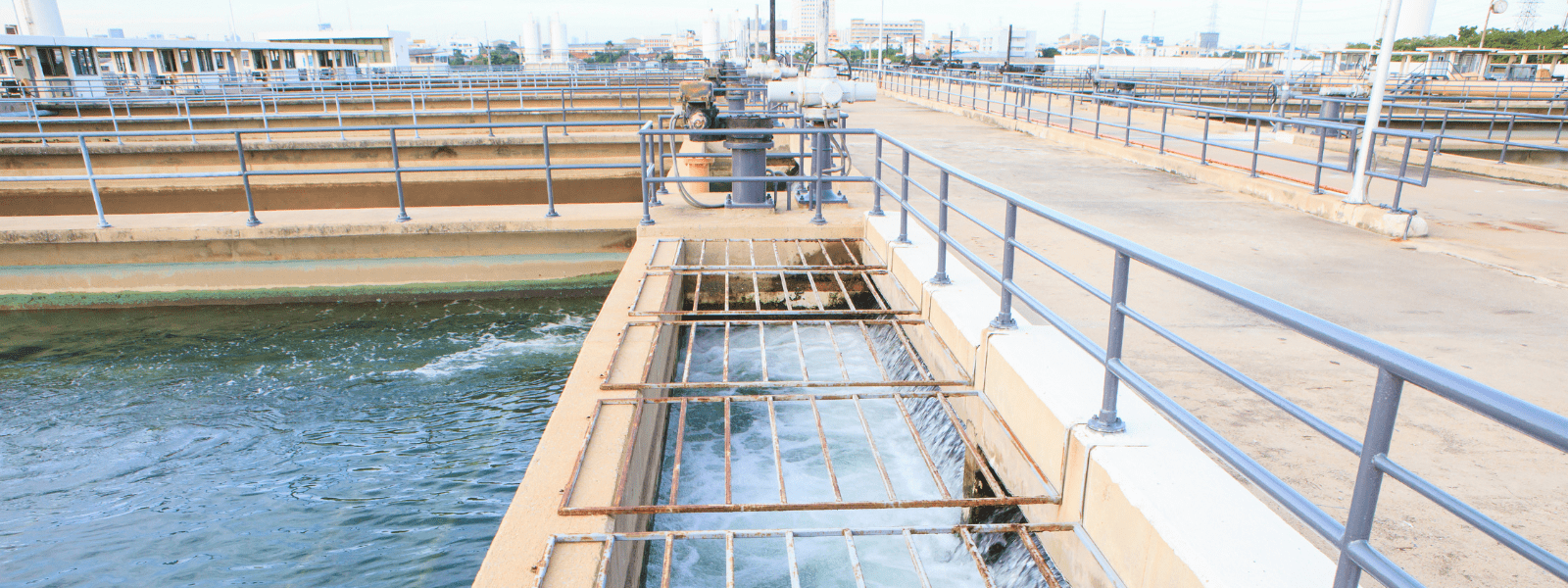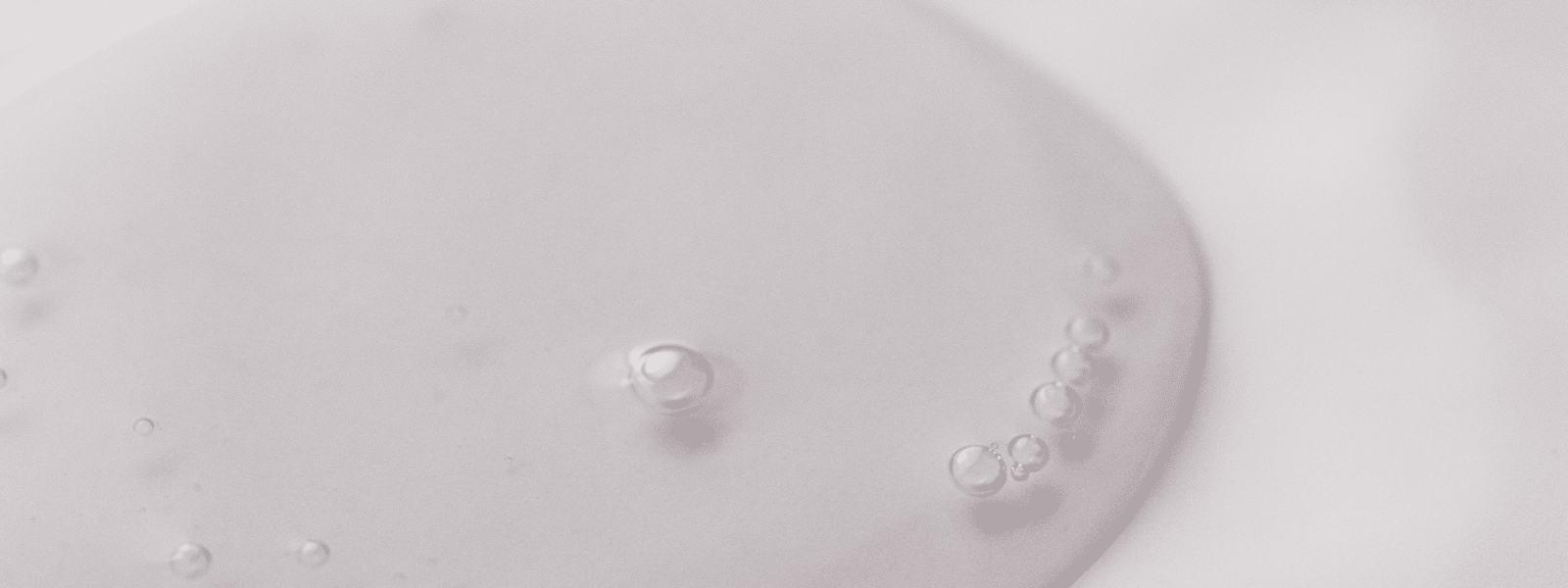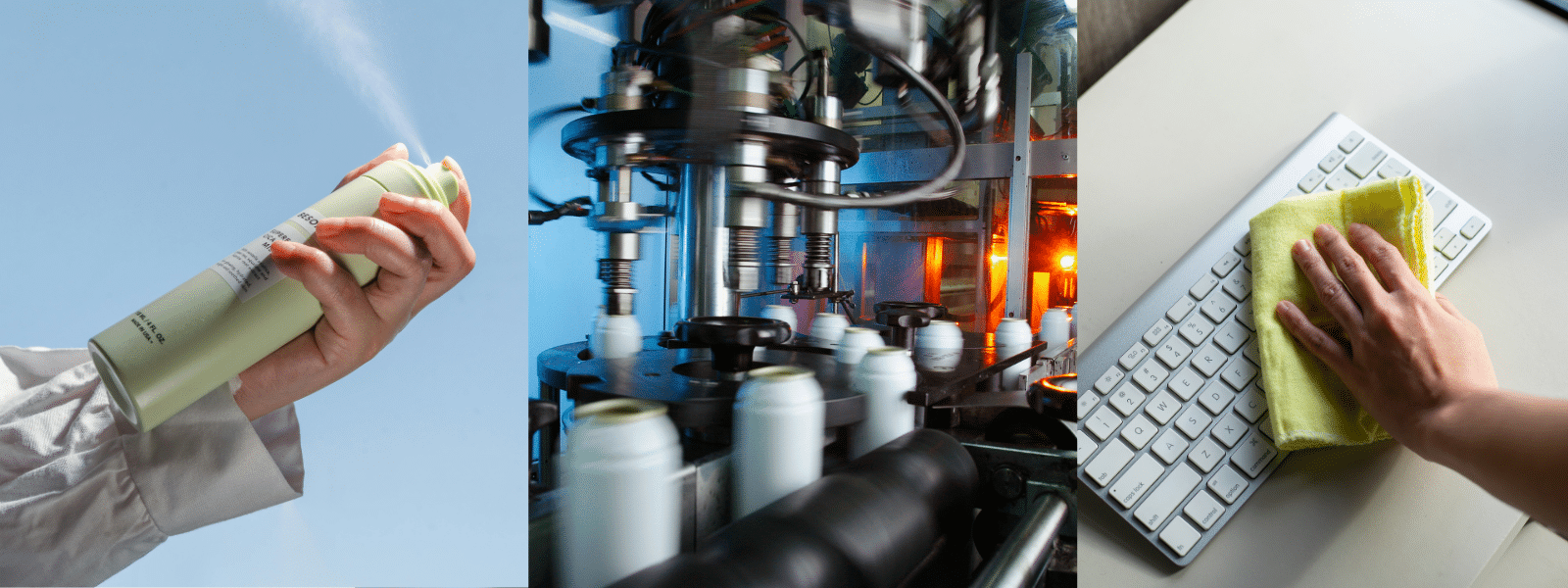Cooling towers are used industrially to release heat generated during a mechanical process. Often the water used in cooling comes from a natural source and is not highly filtered. This means it can contain natural sediments, minerals, and biological content.
All these additional materials can lead to a build-up of organic material on the membranes of the cooling tower. Controlling the bacteria and other microorganisms is often done using biocide chemicals, and is essential if you wish to keep your cooling tower operating efficiently.
Types of Biocides Used in Cooling Towers
By far, the most common type of biocide chemicals used is chlorine and chlorine derivatives. This is most common because of its relative cheapness, and effectiveness at oxidizing many types of bacteria.
Oxidizing biocides, such as chlorine, work by reacting with organic molecules in the microorganisms and causing them to become unstable, thus killing the organisms. In addition to gaseous chlorine, the following are used commonly as oxidizing biocides:
- Chlorine dioxide
- Chloramines
- Potassium Ferrate
- Ozone
- Hydrogen Peroxide
- Iodine
While all of these chemicals are effective at oxidizing organic materials, it is important to understand the material of the cooling tower you are treating. For example, certain membrane materials may be sensitive to chlorine. Additionally, iodine and hydrogen peroxide can have similar negative effects on certain polymers which may be present.
You may also find that a blend of chemicals works best at controlling the organisms present in a certain system. Many biocide chemical blends are currently available for purchase in bulk.
Why Do You Need Biocide Chemicals?
Biocides are important for controlling the growth of organisms in cooling towers. Often referred to as “biofouling,” when bacteria, fungi, or other creatures accumulate on the membranes of an industrial system, they can have a distinct influence on the efficiency of heat transfer. This is because the layer of soft organic material acts as an insulator between the membranes and the cooler water, sort of like a rubber handle on a frying pan.
While there are other approaches to handling biofouling, such as physically cleaning the membranes, often biocides are more effective. This is in part because the organisms that are causing a problem will multiply exponentially, so it is necessary to remove all of them to prevent regrowth.
Looking for Biocide Chemical for your Cooling Tower?
Finding the most effective biocides for your cooling tower may depend on a number of factors. Ecolink is happy to help you figure out the right method of controlling the microorganisms in your industrial system. Check out our products or give us a call today to get started!















